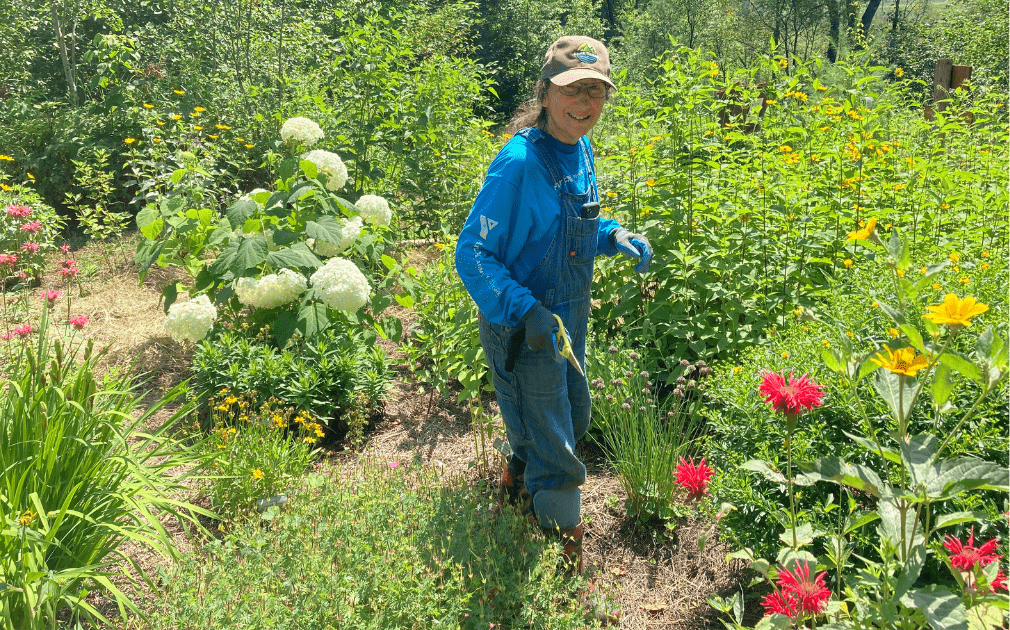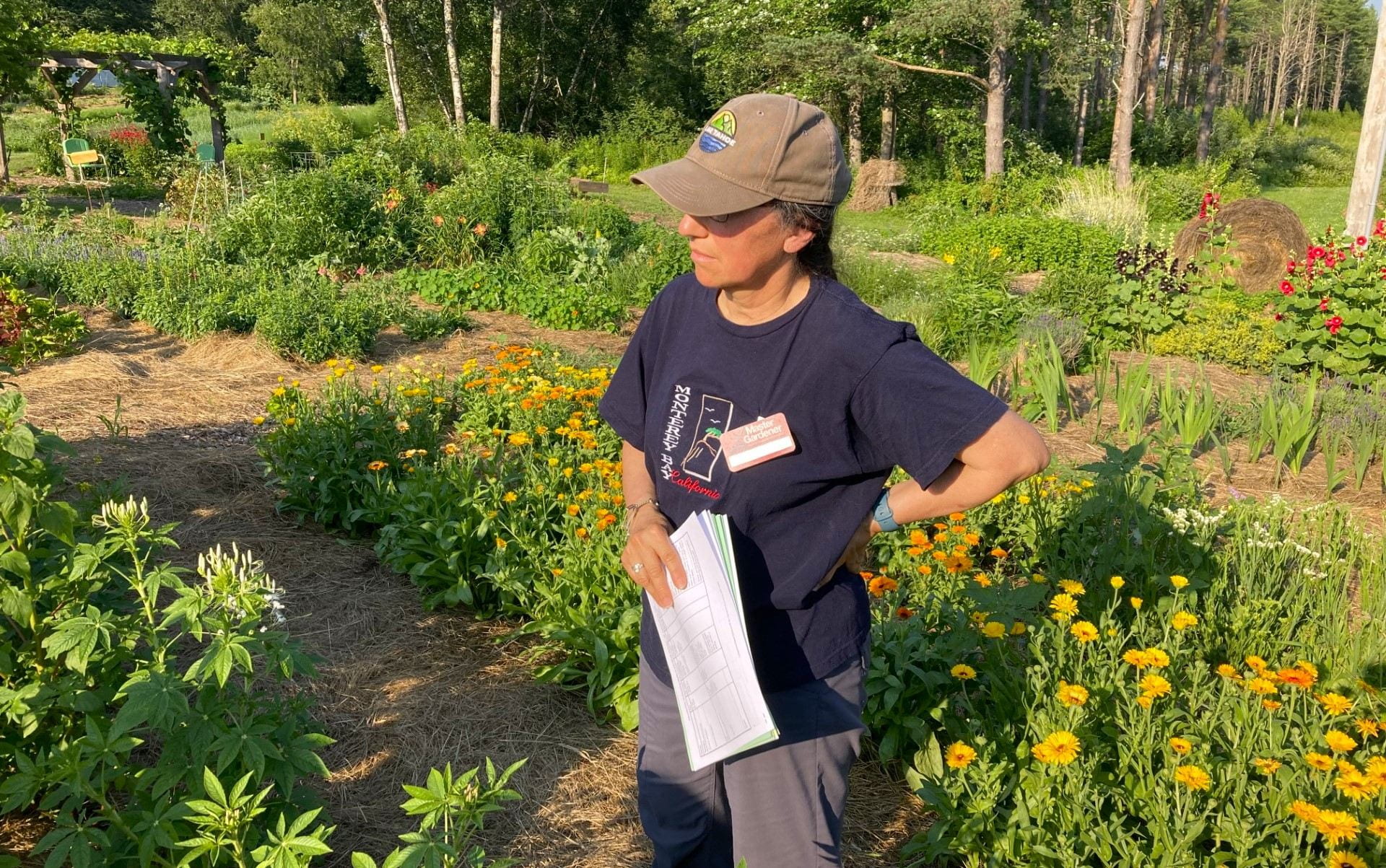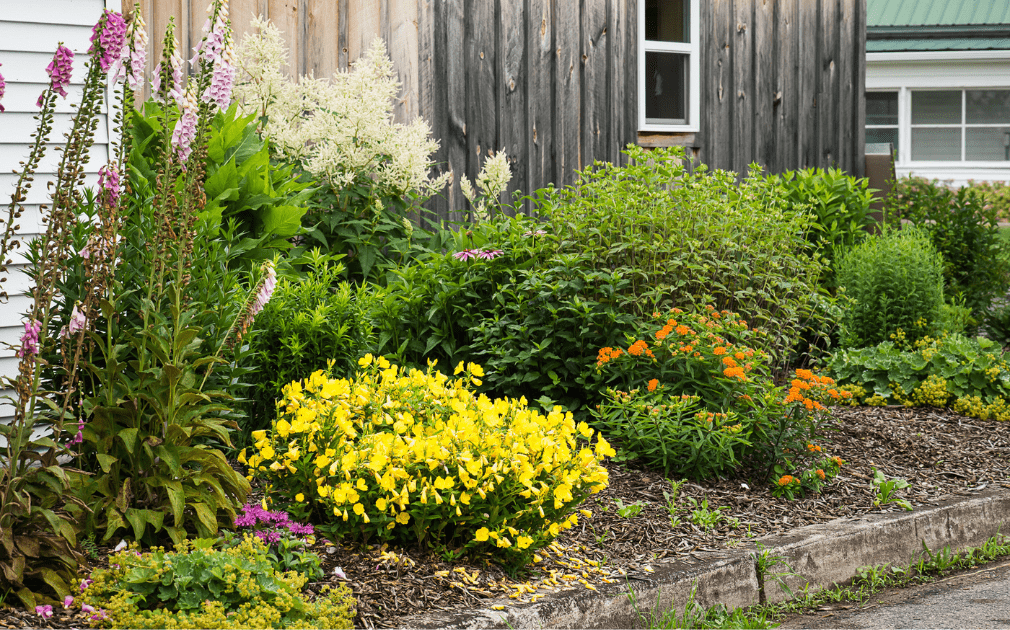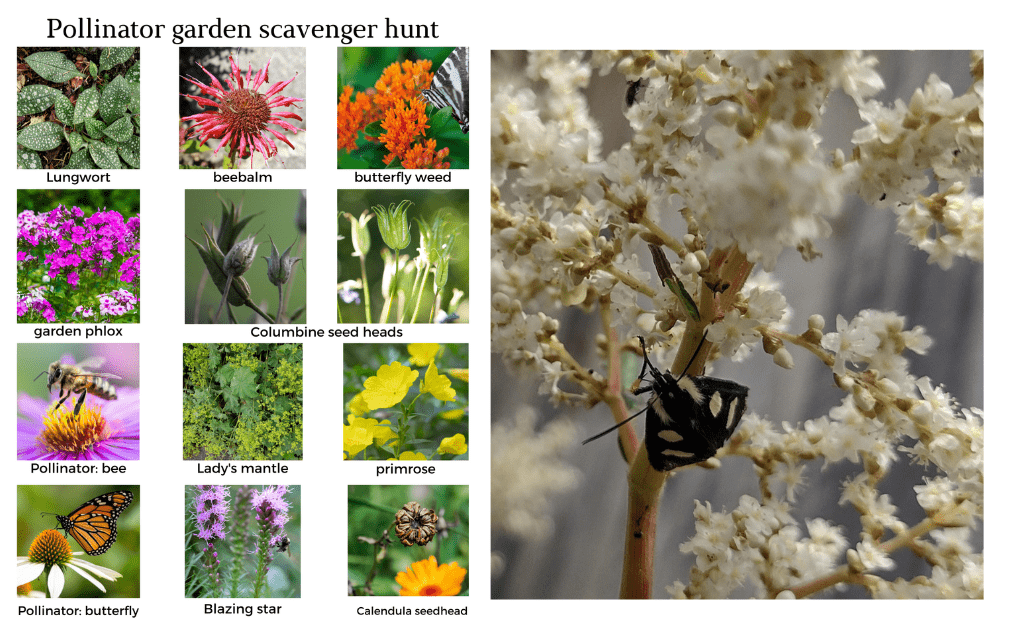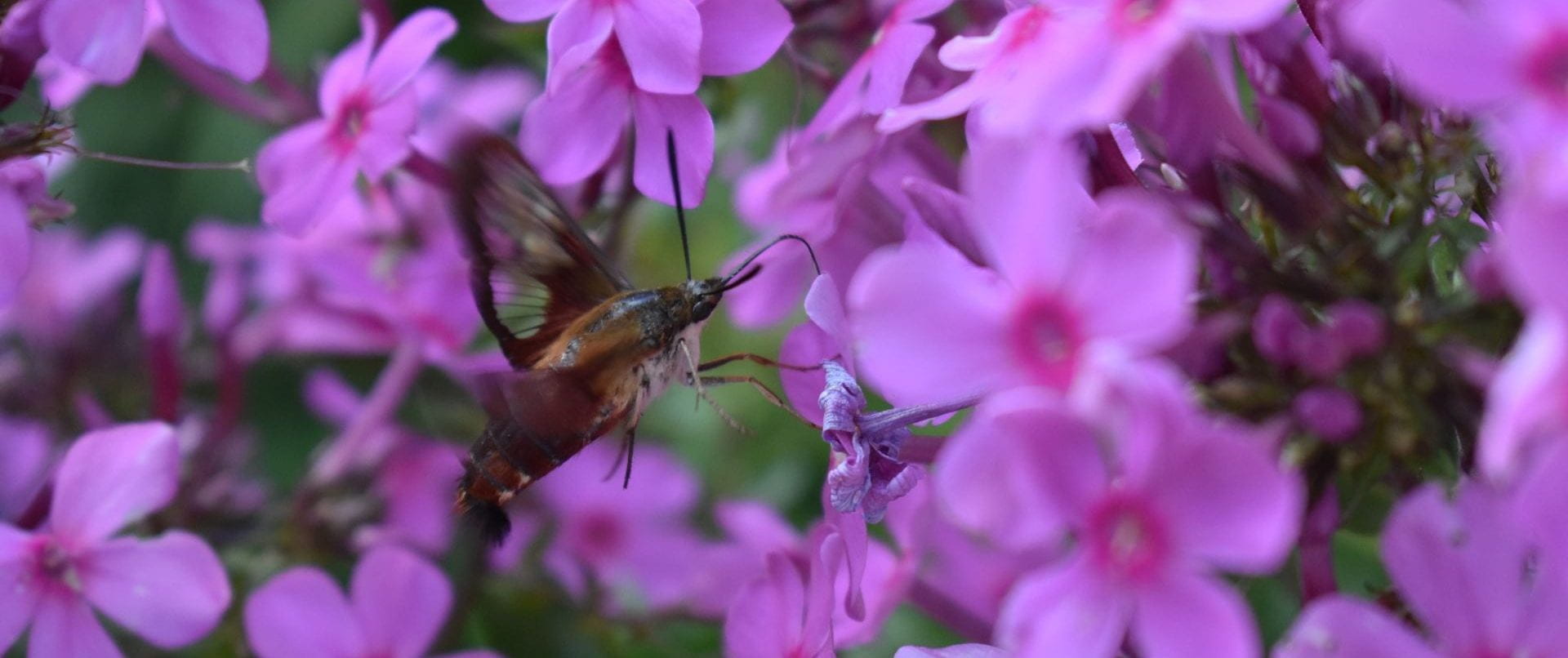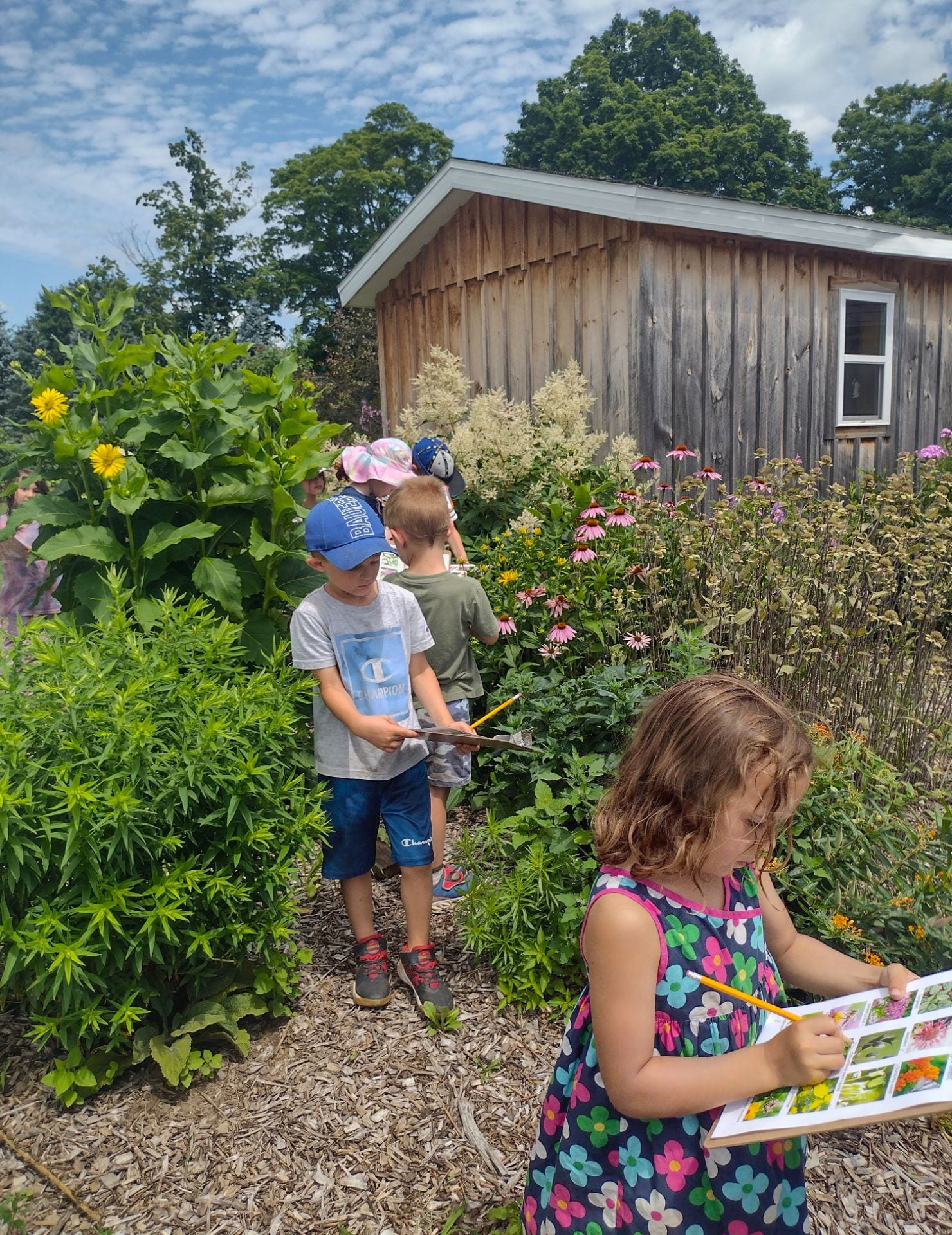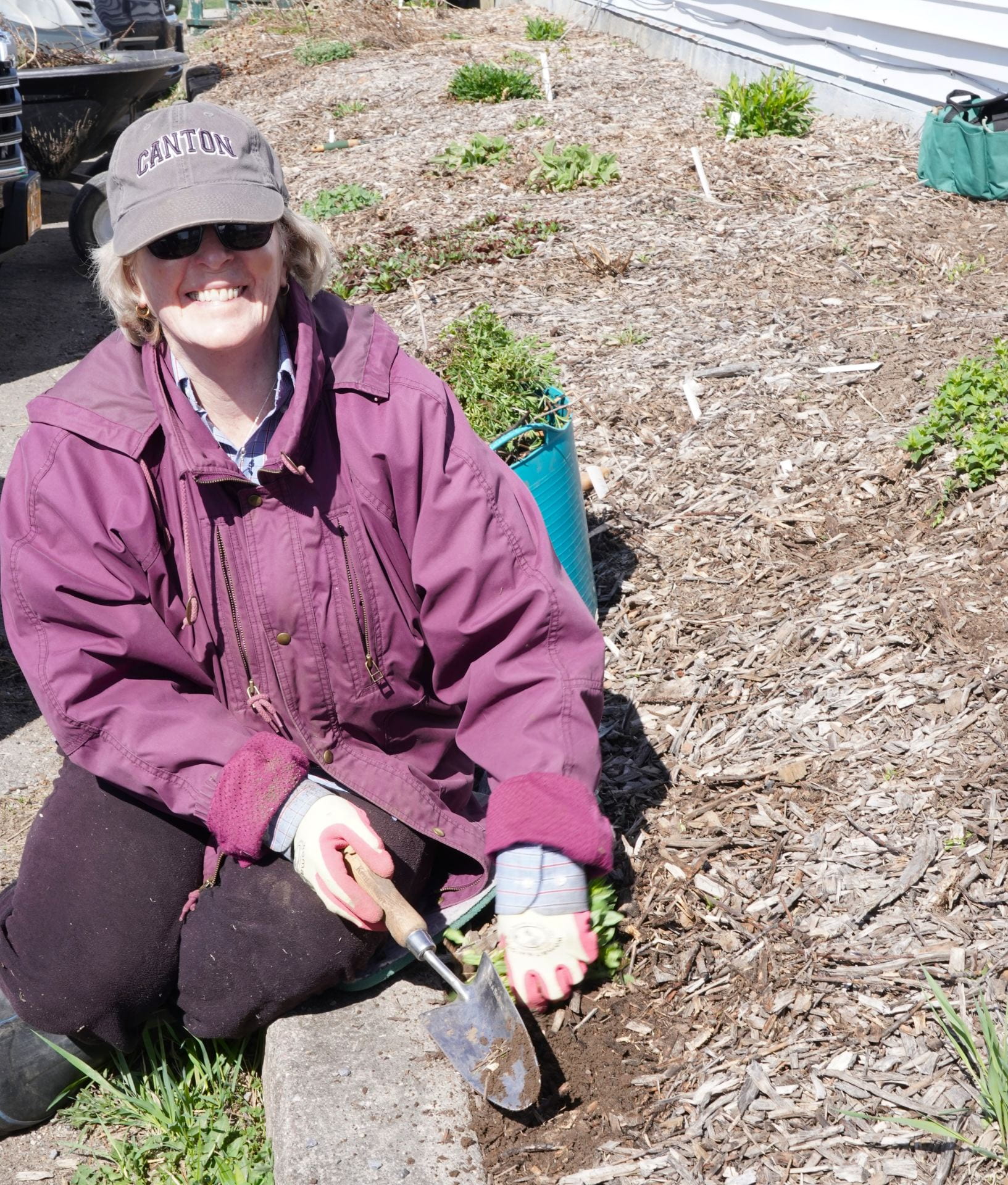Did you know there are some easy climate-smart ways you can make your lawn attractive while improving the benefit to the broader landscape? Turns out less-is-more when it comes to lawncare. Read on for the most important approaches to achieve a resilient, healthy lawn that gives back by providing ecosystem services for humans and other creatures.
Mow Higher. Mow Less.
Turns out grass knows how to grow, but we could use some tips on how to mow and fertilize it a little better. Lawn research has shown that grass grows better when we mow it higher and when we remove only one third of the grass blade height at a time.
To give an example, imagine you go away on a May vacation for a week and don’t get to mow your lawn until the following weekend. It’s been growing for two weeks during a month when grass growth is usually very fast. You grab your trusty mower, set it to a 2-inch mowing height, and leave behind a swath of heavy (smothering) grass clippings and a scalped lawn. After you rake up the wet lumps of heavy clippings, you might notice that you are looking at yellow growth that was previously protected from the sun by the grass blades you just mowed off… not a pretty sight. But what you can’t see is worse—cutting off more than 1/3rd of the grass blade stunts root growth.

Now imagine your trusty mower is set as high as it can go—with the blade about 3.5 inches from the ground. This should ideally allow you to cut off just one third of the grass height, like a trim rather than a crew cut. You might have to come back to it in a week, but the grass would thank you by continuing to grow healthy blades and thick roots.
Why do we aim to cut the grass no shorter than 3.5 inches, or as high as the blades can go? Taller grass grows deeper roots. Deep roots make the lawn more resilient during drought, and taller grass outcompetes weeds. Mowing higher also reduces the frequency of mowing by 20-25% and that saves time, fuel, and wear and tear on equipment. So set your mower to its highest setting.
Does mowing less often sound good to you? Plan your mowing around grass growth rather than on the calendar. When grass is growing fast you may have to mow weekly. But as the season gets hotter or rain is less frequent, you can mow less often. Stick to the one third mowing rule and wait until the grass grows high enough to mow. In the hot months of summer that period can be several weeks between mowing. If you are worried about your lawn having occasional tall stems or weeds, try string trimming around the edges to keep things looking neat between those longer mowing intervals. Read more Easy Climate-Smart Lawns

